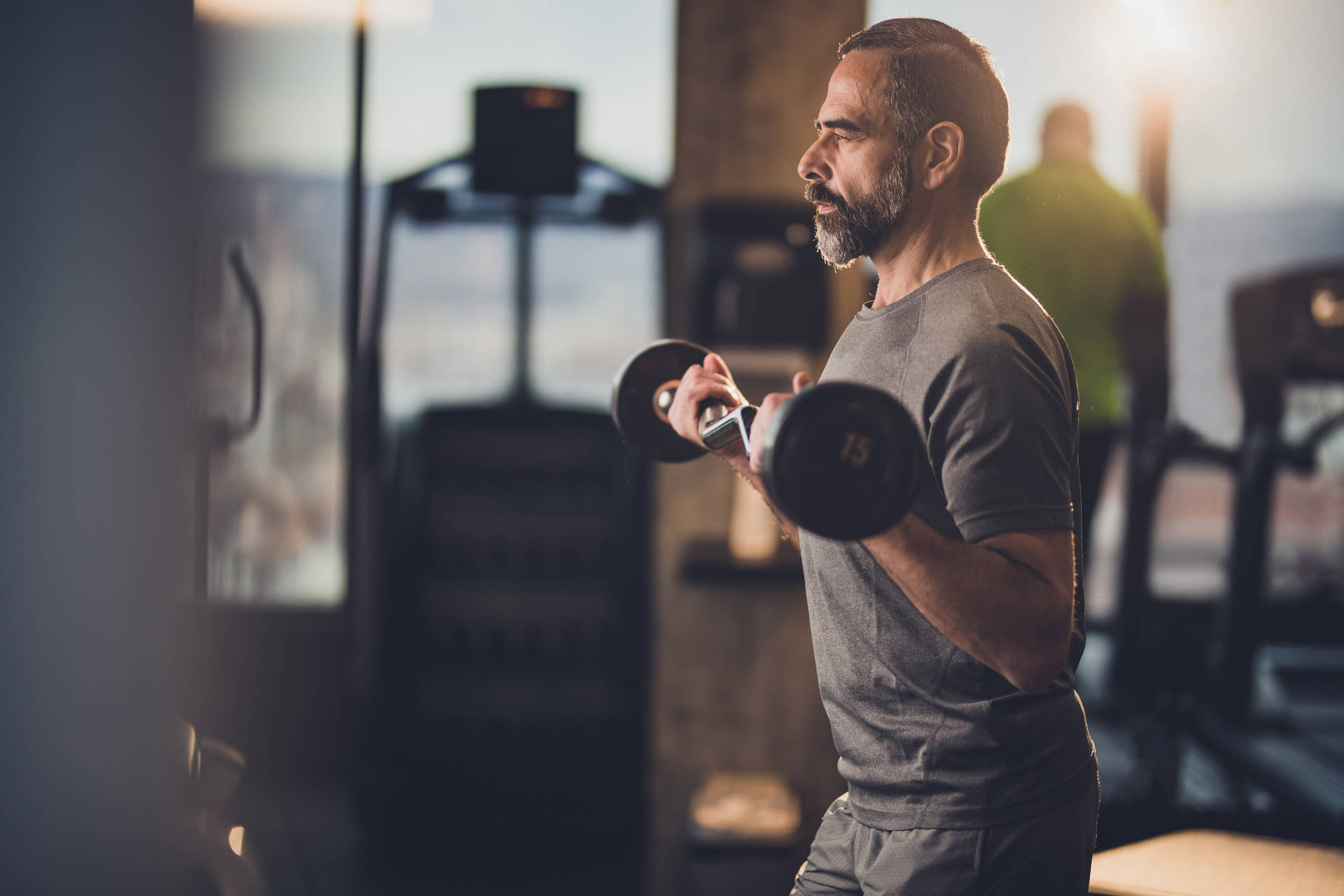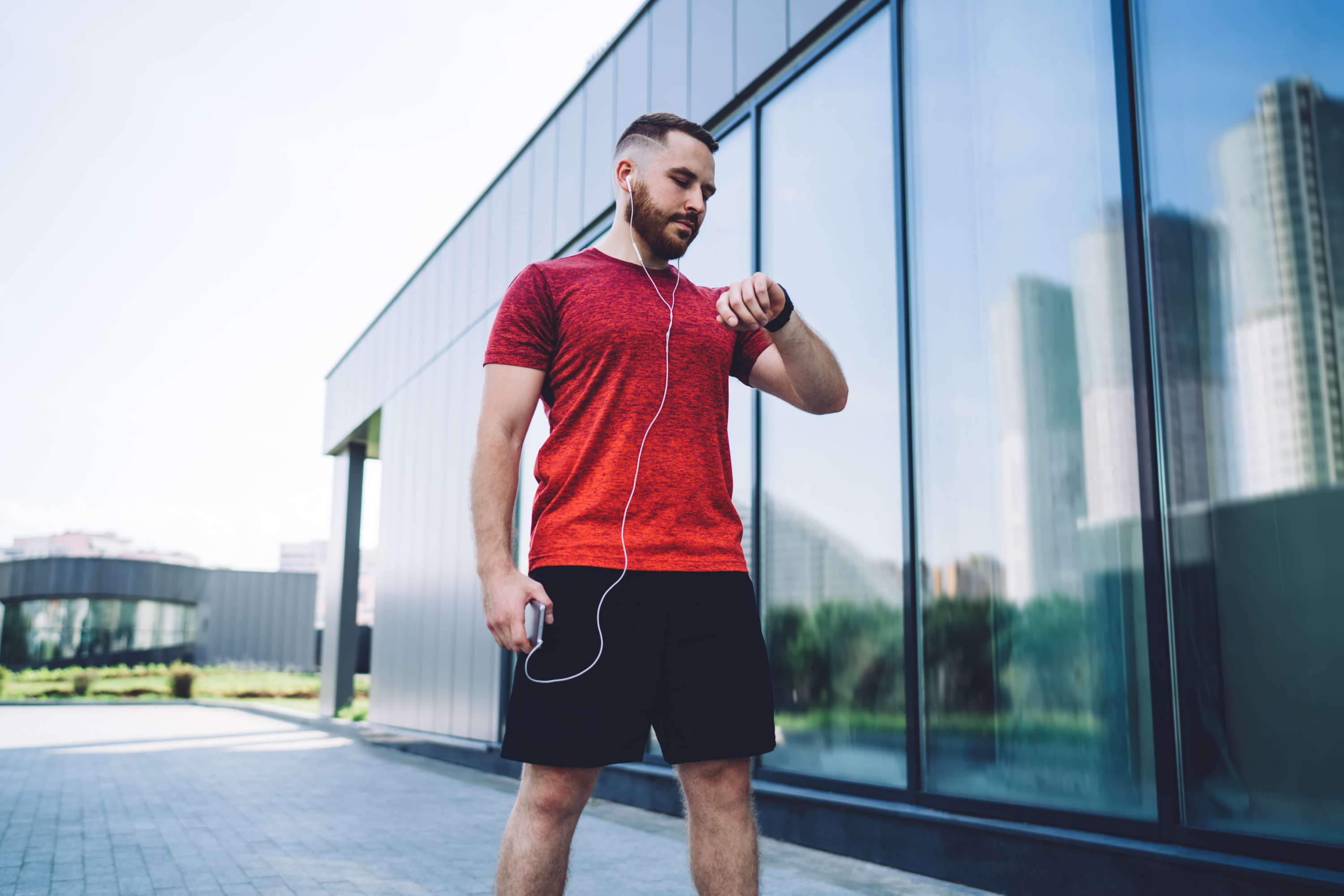Liss, the low-intensity workout that is gaining ground

No jumping, no extreme sweat, and no heart rate at its maximum. This is LISS (Low Intensity Steady State), a form of low-intensity training that is gaining ground as an effective option for fat burning and overall health.
That's why it's become increasingly common recently to see sports influencers and trainers on social media showing off their long walks at a moderate pace or on the treadmill, on an incline but at a slow pace, as part of their exercise routines.
“ Liss is a form of aerobic training performed at a moderate, steady pace for an extended period, typically between 30 and 60 minutes, without sudden changes in pace,” explains Katherine Rozas, a physical education professor at the Center for Healthy Living at the University of Concepción in Chile.
This is in contrast to HIIT (High Intensity Interval Training), a methodology that has gained popularity in the last decade and that varies between periods of high intensity and others of low intensity at a demanding level, according to Rozas.
Martín Castillo, a doctor on the Alemana Sport team at Clínica Alemana, emphasizes that “ low-intensity training is a friendly, low-impact modality, ideal for older adults or people with reduced mobility, or for those just starting an exercise routine or unfamiliar with intense exercise, such as HIIT.”

Treadmill exercise. Photo: Getty Images/iStockphoto
Interviewees explain that Liss has become an increasingly popular option compared to Hiit, since while the latter requires pushing the body to its maximum in short periods, Liss proposes the opposite: maintaining moderate and sustained effort for longer periods, also obtaining cardiovascular, metabolic, and general health benefits, the specialists point out.
Mauricio Noval, a physical education teacher, personal trainer, and founder of the Inprov gym in Santiago, Chile, comments that "it's common to see a lot of HIIT classes in gyms. It's become incredibly popular, and low-intensity exercise has sort of been forgotten as something that's also very useful. It's not that one is better than the other; they're just different forms of training."
Rozas adds that “many people train with HIIT because it's more intense and shorter (between 15 and 30 minutes), because they have less time at a time when life is very fast-paced.”
Lower risk of injury For its part, Liss has become an "important option for people for whom HIIT is not advisable for health reasons," says Noval. Luis Vergara, a sports medicine specialist and professor at the Pontifical Catholic University of Chile, agrees. "Indeed, Liss was born as a counter to HIIT because, in addition , not everyone tolerates it precisely because it is so high-intensity, so many people abandon this type of exercise and find an option at the other extreme."
In that sense, Castillo says that Liss stands out for its greater safety and lower risk of injury . "Both have benefits, but the key word with Liss is safety," he points out.
According to Vergara, the recent rise of strength training has also given Liss greater visibility.

Strength training Photo: iStock
“ Many men and women are doing more strength training (weights) and combining it with Liss (as aerobic training) because it doesn't cause fatigue, so it doesn't interfere with their training (...). For them, it's much better to do Liss and the next day they're perfect to continue their strength training,” Vergara points out.
Noval agrees: “It doesn't interfere with other training methods, making it a useful and versatile tool in a weekly routine. Since it generates little muscle fatigue, it can be used daily and increases training volume without compromising recovery.”
Liss doesn't interfere with other training methods, making it a useful and versatile tool in a weekly routine. Because it generates little muscle fatigue, it can be performed daily.
Rozas explains that this type of training can be done with cardio machines at the gym (such as treadmills, bikes, or ellipticals), swimming, or with outdoor activities, such as walking.

This type of training can be done with outdoor activities, such as walking. Photo: iStock
“Activities like walking or cycling are classic examples of Liss because they allow you to sustain effort without major fluctuations,” Castillo points out.
The key, the interviewees explain, is to keep the exercise lasting at least 30 minutes and the heart rate within a range of 50 to 70 percent of the maximum frequency.
Rozas says this can be estimated "using the formula of calculating 220 (beats per minute) minus the person's age and staying between 50 and 70 percent of that heart rate."
Following this formula, in a 45-year-old person the estimated maximum frequency would be 175 beats per minute, and the ideal range for performing Liss would be between 88 and 123 beats per minute, which would correspond to between 50 and 70 percent of that maximum.
According to those interviewed, this can be monitored with smart watches or bands, “and there's also the speech test, which basically tells you if you can hold a conversation during exercise, you're at the right intensity ,” says Rozas.
The benefits The benefits of Liss include improved cardiovascular health, improved aerobic endurance, and fat burning, according to those interviewed.
Vergara explains that working at a steady, moderate pace "favors the use of fat as an energy source, generates less muscle fatigue, and improves exercise adherence, making it an ideal option for sedentary people as well."
The doctor adds that it is also beneficial for those with chronic illnesses.
"On a cardiovascular level, it's very useful for many people, including those with insulin resistance, diabetes, or high blood pressure. In the case of the latter, it's because their blood pressure rises very little during exercise," the specialist assures.
In any case, experts are emphatic that Liss doesn't have to be the only form of training. On the contrary, they emphasize that it can be easily integrated into a weekly routine with other types of exercise , such as strength training sessions, more demanding classes, or outdoor outings, such as trekking. They also point out that Liss can be practiced daily and even on the same days as other activities. "The advantage is that it generally never clashes with any other methodology," says Noval.
Along the same lines , Castillo suggests incorporating both cardiovascular and strength training into a balanced weekly plan.
El Mercurio (Chile) - GDA
eltiempo


%3Aformat(jpg)%3Aquality(99)%3Awatermark(f.elconfidencial.com%2Ffile%2Fa73%2Ff85%2Fd17%2Fa73f85d17f0b2300eddff0d114d4ab10.png%2C0%2C275%2C1)%2Ff.elconfidencial.com%2Foriginal%2Febf%2F621%2Fa19%2Febf621a1976cd9be31cef37f3c16234a.jpg&w=1280&q=100)


